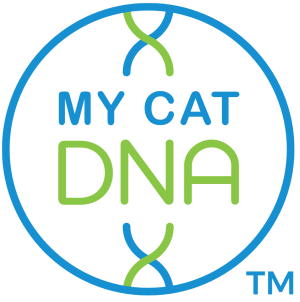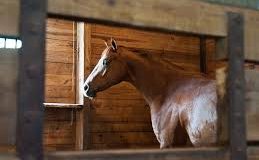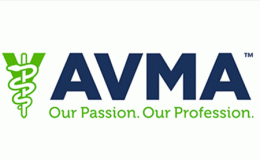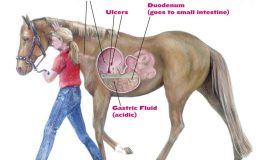What MyCatDNA Means for the Veterinary World
- By : Ruben Matthews
- Category : Practices and Methods

You’re likely aware of the current DNA-testing craze. Advancements in DNA testing have spawned recreational testing; now, you can send a company a sample of your DNA, and they will provide you with a comprehensive ethnic profile. Another test will allow you to see which genetic diseases you may carry. It feels like everyone is jumping in the DNA bandwagon, but a new test is pushing into new water. That new water involves cats.
MyCatDNA is a new feline DNA test from Wisdom Health, a division of Mars Petcare. Unlike the human test, this is not recreational. In fact, the test is designed to help veterinarians and breeders maintain the health and wellness of cats on a genetic level. Also known as the Optimal Selection Feline test (in North America), the process provides important insight to individual cat’s genetic makeup. This, in turn, will allow breeders to make more informed decisions, hopefully lessening the chance of passing down diseases to future feline generations.
The MyCatDNA test provides a comprehensive view of a cat’s unique genome, including important inherited characteristics. The test can identify more than 40 genetic mutations that cause inherited feline diseases. MyCatDNA can also track traits such as blood type, coat color/length, and body type. Pet owners can then access their cat’s health profile online.
But what does this veterinary development mean for non-breeders? Most pets enter our homes through adoption services, and cats are no exception. Though the test was designed with breeders in mind, having a comprehensive health profile for your cat is never a bad thing. In fact, it can help pet parents anticipate diseases such as cancer and kidney disease. Plus, you’ll be able to better determine the type of cat you have—that’s where the fun comes in.



No Comments